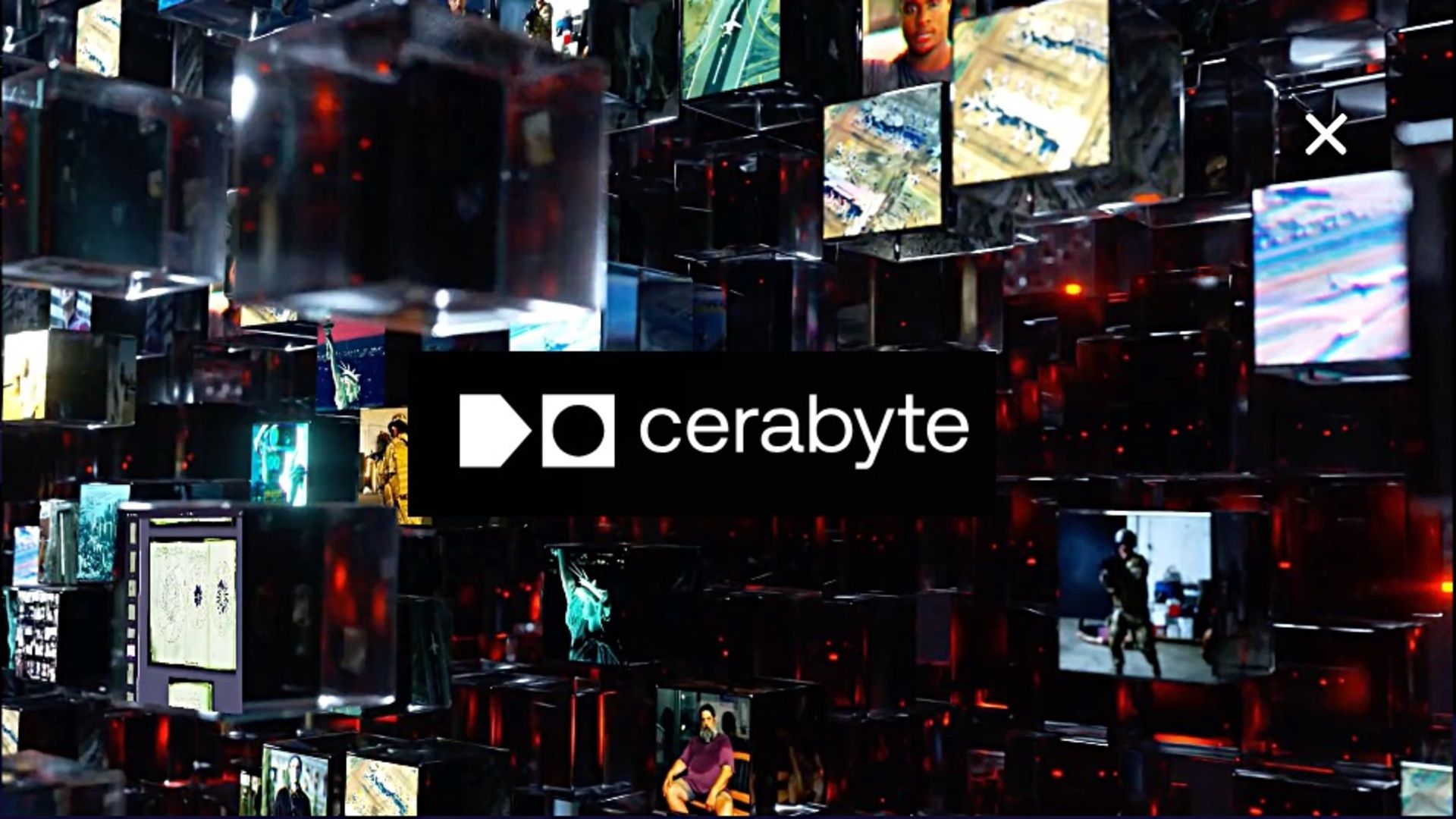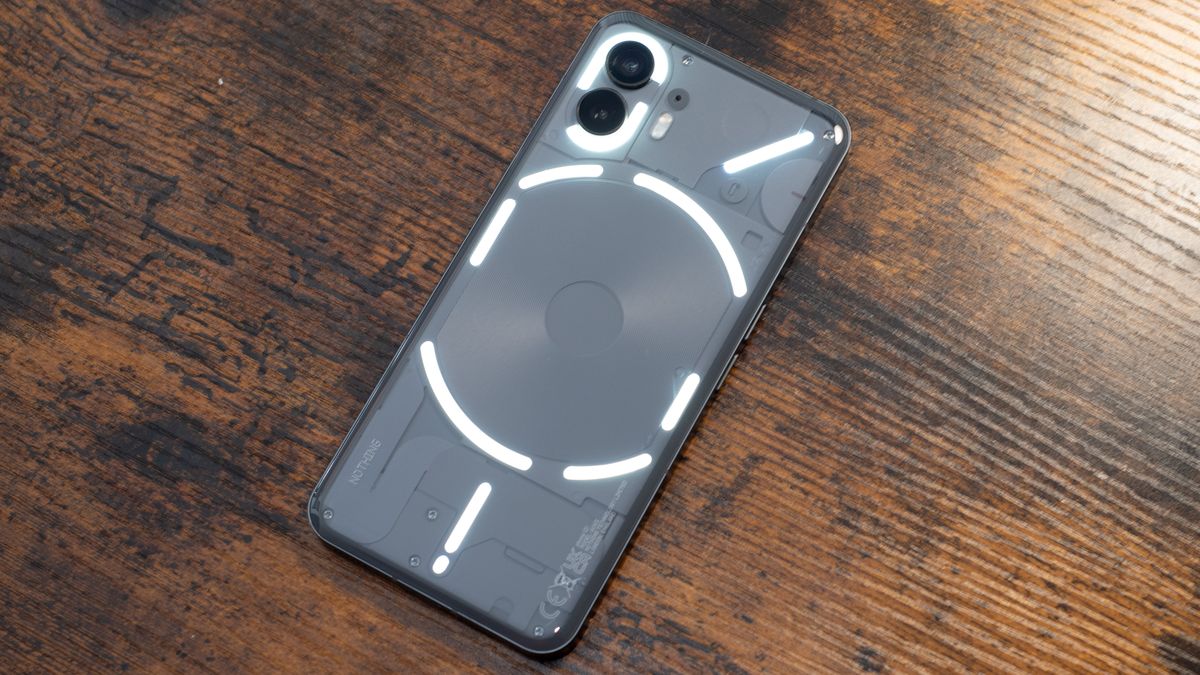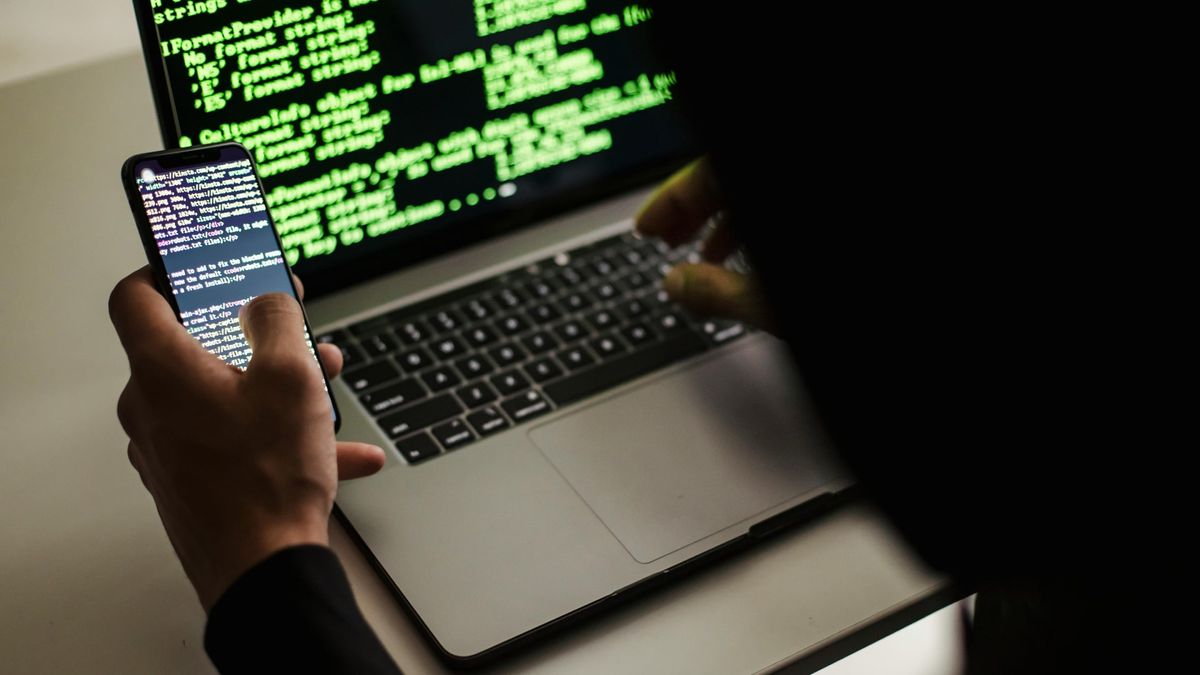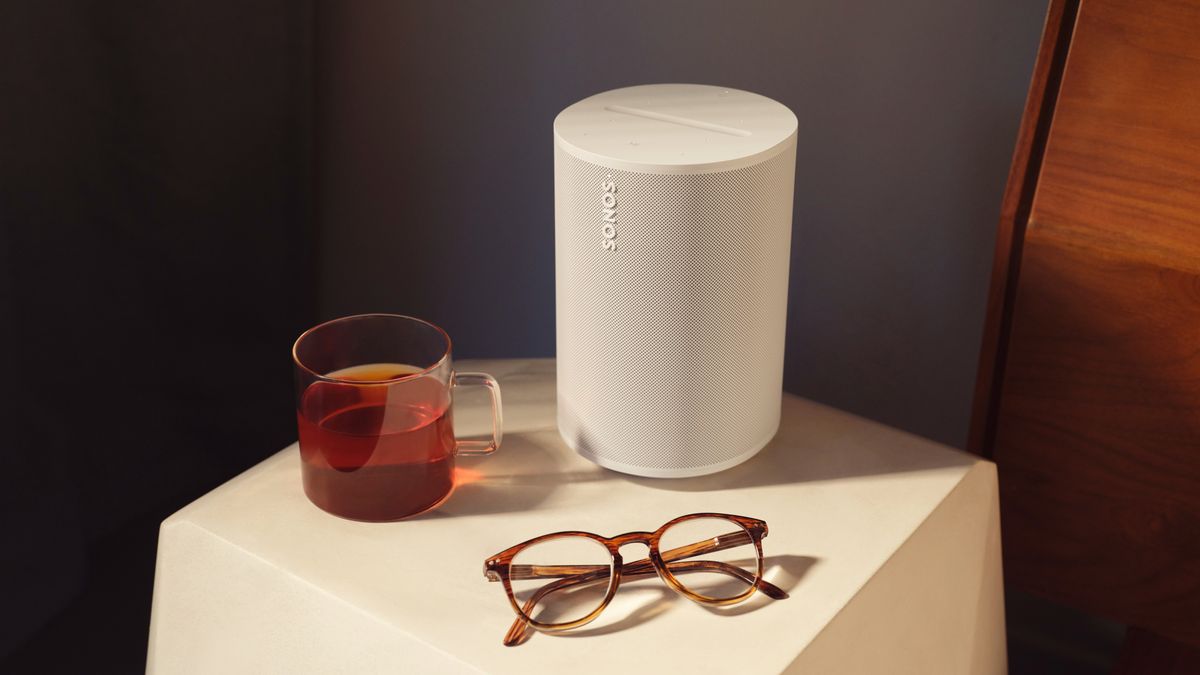- The first generation system is slower than the tape, but aims to climb quickly by 2030
- The Cerabyte roadmap involves physics as advanced as science fiction with helium ion beams
- Long -term capacity depends on the speculative technology that does not yet exist outside the laboratory configuration
The headquarters based in Munich Cerabyte is developing what it states that it could become a disruptive alternative to the magnetic tape in the storage of file data.
Using femtoseconds lasers to record data in ceramic layers within glass tablets, the company expects the racks to have more than 100 petabytes (100,000TB) data at the end of the decade.
However, despite these bold objectives, practical limitations mean that decades can happen before such capacity see the use of real world.
The trip to 100pb racks begins with slower first generation systems
CMO and co -founder Martin Kunze described the vision in the recent A3 Tech Live event, pointing out that the system is based on “laser engraved from femtoseconds of a ceramic recording layer in a glass tablet substrate.”
These tablets are housed in cartridges and transferred by robotic arms within tape library style cabinets, a family configuration with an unconventional touch.
The pilot system, expected for 2026, aims to deliver 1 Petabyte for shelf with a time of 90 seconds for the first byte and only 100 Mbps in sustained bandwidth.
In several update cycles, Cerabyte states that performance will increase, and by 2029 or 2030, anticipate “a PB file storage shelf of more than 100 with 2 GBP bandwidth and time less than 10 seconds for the first byte.”
The long -term projections of the company are even more ambitious, and believes that the laser technology of femtoseconds could evolve towards “a particle beam matrix technology” capable of reducing the bit size from 300 Nm to 3 Nm.
With the writing of helium ion beam by 2045, Cerabyte imagines a system that maintains up to 100,000 bp on a single shelf.
However, such statements are immersed in speculative physics and, as the report says, being “amazed but discounted as realizable technology for the moment.”
The established advantages of Cerabyte over competitors such as the Silica, Holomem project and Microsoft DNA storage include a greater longevity of the media, faster access times and lower cost per Terabyte.
“Speaking more than 100 years compared to 7 to 15 years of tape,” Kunze said, the solution is designed to handle long -term storage with a lower environmental impact.
He also declared that the technology could send “to 1–2 Gbps versus 1 Gbps of tape” and “cost $ 1 per TB against $ 2 per tb of tape per TB”.
Until now, the company has ensured around $ 10 million in seed capital and more than $ 4 million in subsidies.
Now he is looking for VC funds from a Ronda A, with sponsors that include Digital Western, Pure Storage and In-Q-Tel.
If Cerabyte becomes a viable alternative to traditional file storage methods or ends as another theoretical advance depends not only on density, but also on long -term reliability and profitability.
Even if it does not become a practical alternative to large HDDs by 2045, Cerabyte's work can still influence long -term data storage, but not IT projects of the timeline.
Through blocksandfiles








